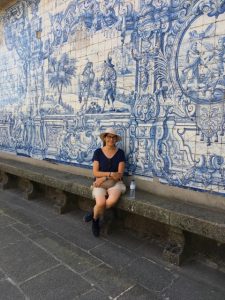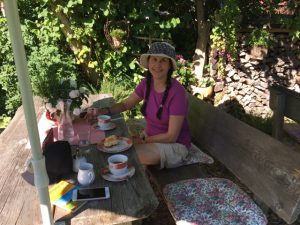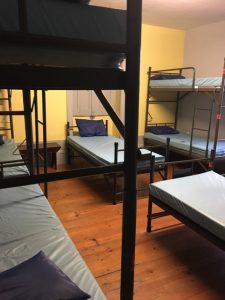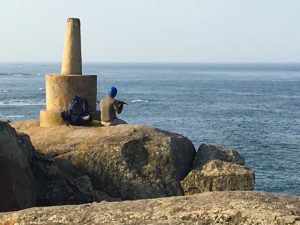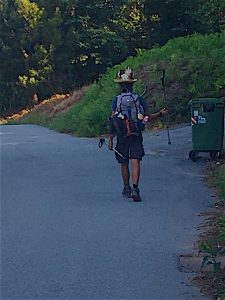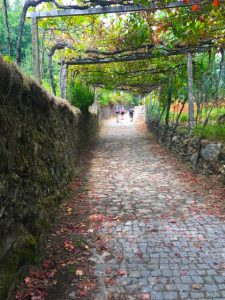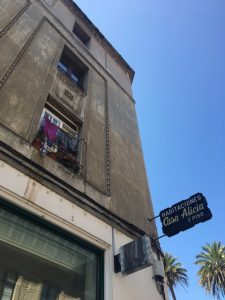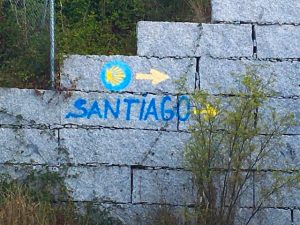I, too, wanted to be off then!
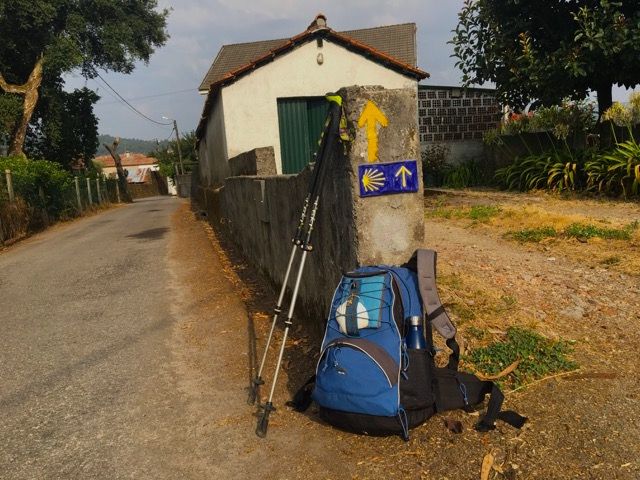
A woman gets organised for a pilgrimage
Hape Kerkeling* isn’t the only one who can do it. Walking the Camino de Santiago (the Pilgrimage of St James) has been a dream of mine for a very long time. Alone, on foot, with only the essentials in my backpack. But do I trust myself enough to do it? Will it be physically possible? I’m not really the most athletic person I know so how long can I walk at one stretch? These were the questions and doubts that for years kept me from fulfilling this dream. But five years ago, the big decision was made and to gradually prepare myself, I began by going on a partial pilgrimage every year, starting out with two days in the Allgäu, working up to a week each on paths in Lower Bavaria, Austria and Upper Bavaria. This year the time had finally come for me to embark on a 14-day trip to Santiago de Compostela.
Why do people go on pilgrimages at all?
As far back as the Middle Ages people embarked on the St. James pilgrimage, their goal being to secure a place in Paradise. Today, however, the pilgrims’ motivations are not necessarily religious. Some see it as a sporting challenge; others want to meet up with as many people from all over the world as possible. Still others are trying to process some kind of trauma, are recovering from burnout or merely want to prove something. The reasons are as varied as the people who undertake the journey. For me, a pilgrimage is a personal time out. It is a chance to wind down, to immerse myself in nature while walking, to be aware of all the wonderful plants and animals, even the very smallest, to be mindful of them, to look around me every day in wonder and marvel at how beautifully the world is created. In Germany, pilgrims are considered to be somewhat exotic. In Spain on the other hand, these travellers are part of everyday life and are greeted everywhere by strangers locals calling out “Buen Camino”.
Well prepared
Pilgrimages are addictive. As soon as I come back from one journey, I start thinking about where I want to go next year. Not surprisingly then that my planning already started in Autumn last year. However, this time it was different. While on the Munich Way of St James in 2017, I met a like-minded pilgrim. We walked the last segment of our trip together and got along so well that we decided to join up for the next pilgrimage. We opted for the Portuguese Camino, which begins in Porto and ends in Santiago de Compostela. In contrast to the traditional 800-kilometre-long Spanish Camino, this one stretches for approximately 250 kilometres and can be completed in two weeks. In January 2018 we booked our flight from Munich to Porto, with a return flight from Santiago, and found a place to stay in Porto for the first night. To allow ourselves some flexibility, we left all other overnight stops open. But more about that in the next instalment.
Pack your backpack properly
My choice of equipment has steadily improved over the years so that my backpack now weighs just over 4 kilos (nine pounds). It’s very liberating to realise how little you can manage with!
- Apart from the clothes I’m wearing, I only pack one set of underwear, a quick-drying T-shirt and a change of trousers. Doing laundry is part of each evening’s ritual and everything is dry and ready to be packed again next morning. In case the weather turns cool, a fleece jacket and possibly – depending on the climate – a softshell jacket can be useful. I pack a light pair of pyjamas as well.
- The most important thing: Shoes must fit properly (preferably one to one-and-a-half sizes larger than the normal shoe size) and it is essential that they be well worn in.
- The socks shouldn’t be brand new either. I made that mistake this time and promptly had a blister. Right-left socks without seams have proven to be the best choice.
- I have had the same backpack for many years and, although it wasn’t expensive and only holds 25 litres, it serves me well. When the time comes to buy a new one I’ll make sure that it’s a perfect fit. To avoid putting too much strain on the shoulders, a backpack should never be too big or sit too low. A hip belt is indispensable.
What to pack:
- Rainwear (I have a breathable poncho that can be pulled over my backpack)
- Foot ware for the evening (flip-flops, crocs or hiking sandals). I have had the best experience with barefoot shoes. They are waterproof, very light (380 grams) and very relaxing for the feet
- Sun hat with a brim or a peaked cap, sunglasses
- Silk sleeping bag
- Seating pad
- Toiletries in small containers: shower gel, toothbrush, dental floss and toothpaste, brush, lip balm with UV protection, sun cream, facial moisturizer, a tube of washing detergent. And – very important – an ointment such as deer tallow cream to prevent blisters
- First Aid: (ointment for muscle strains, headache tablets, alcohol pads, blister plasters, white adhesive tape, earplugs)
- Microfibre towel
- Miscellaneous documents (identity card with a copy, EC, credit and health insurance card, pilgrim identity card, telephone and charger/cable, notebook and pen, pilgrim’s guide with a description of the route)
- Food items: 1-1 ½ litres of water, preferably in a stainless-steel bottle, pocket knife, emergency rations: dried fruit, nuts, fruit/grain bars
- Since I sometimes have problems with my knees, I always carry telescopic hiking poles which serve me well, especially going downhill
As soon as I start to pack my rucksack backpack every year, I can feel the excitement in anticipation of the journey start to grow. I’m curious to see what the journey has in store for me and to discover how I’ll deal with the challenges I’ll face every day. I look forward to the unknown countryside, to the people and to experiences outside of my comfort zone.
My adventures on the route from Porto to Santiago de Compostela this year will follow in the next instalment.
*Hape Kerkerling is a German entertainer who wrote a very popular book (“Ich bin dann mal weg” – “I’m off then – losing and finding myself on the Camino di Santiago”) describing his pilgrimage.
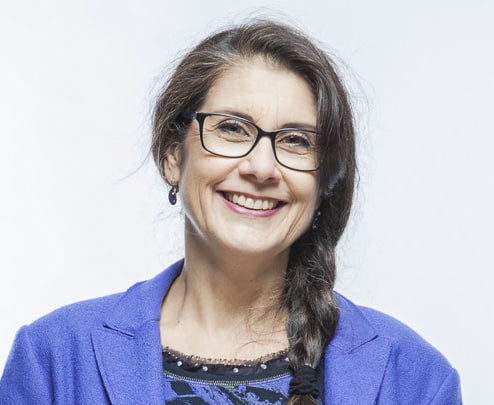
CultureAndCream author from Munich
As a nutritionist and passionate cook, I am interested in everything that has to do with good food. For me, enjoyment is a priority. As I see it, only when something tastes good can it be good for the body and, after all, the health aspect can’t be neglected. When I am on the road, I love to try local specialities, provided they are vegetarian. More recently I have embarked on an intensive study of wild plants, their traditional healing effects as well as their culinary potential. An exciting field! My other passion is opera, music which simply opens my heart and I attend performances just as often as I possibly can.
